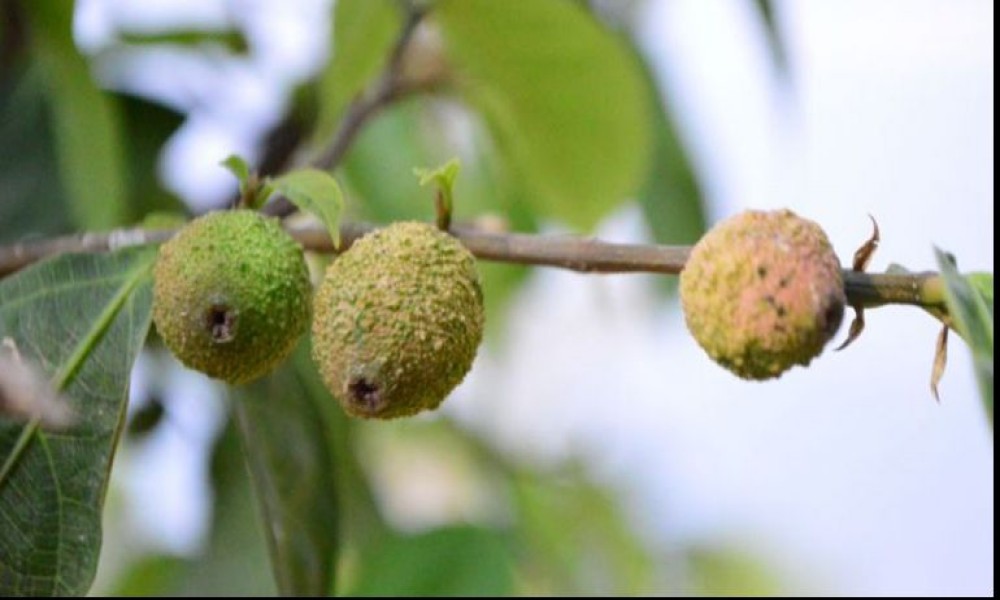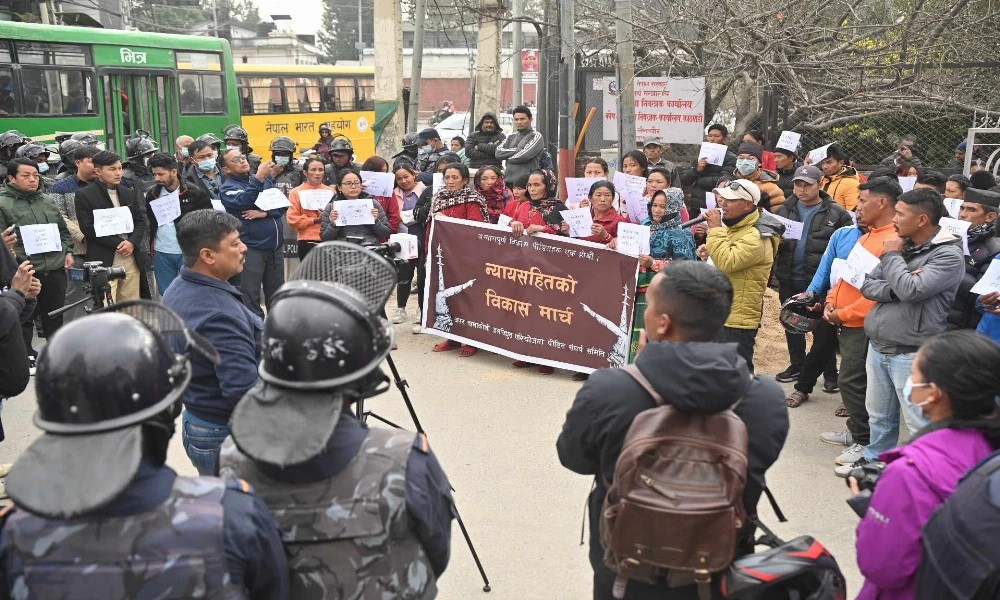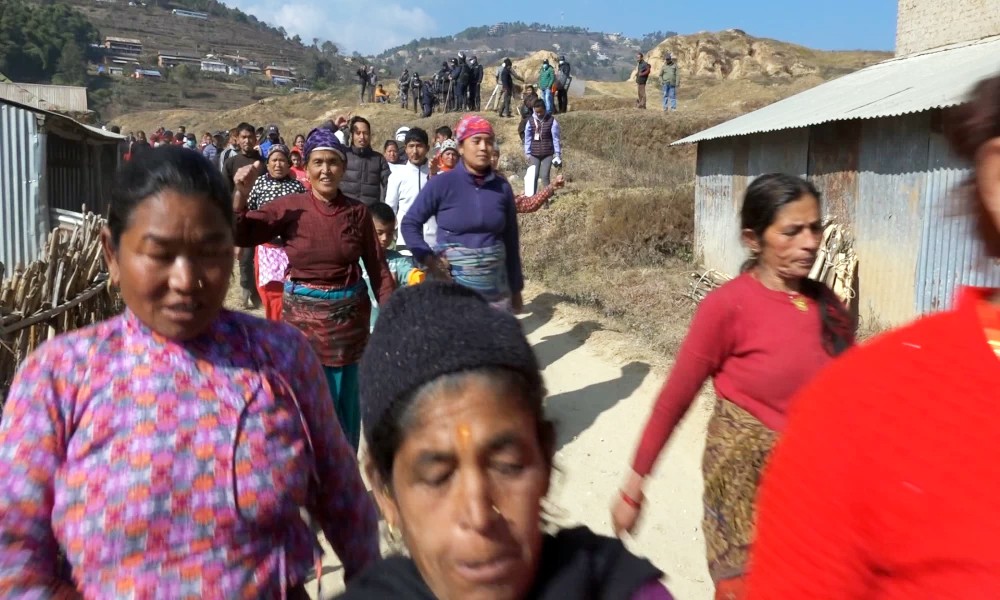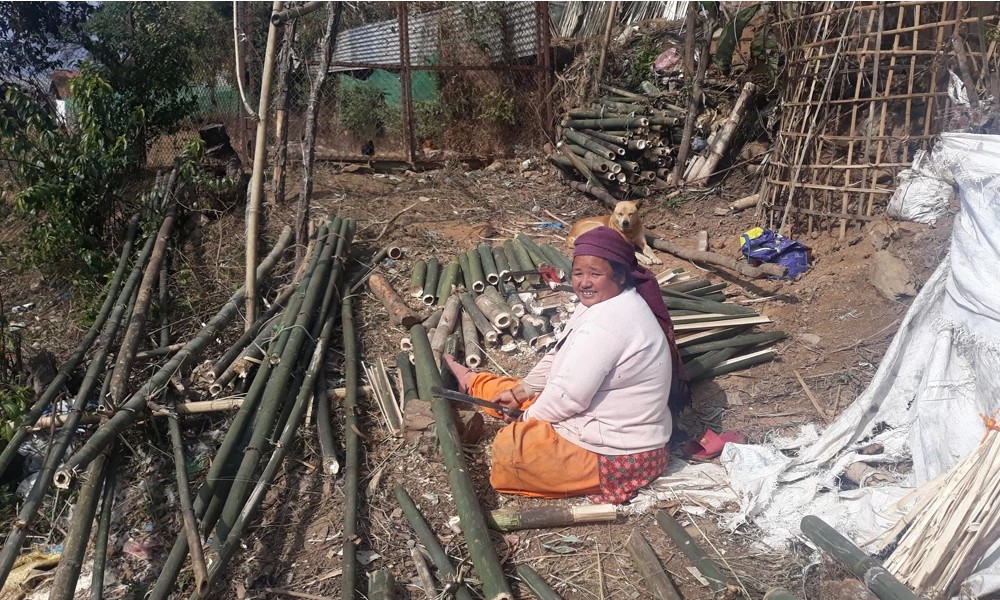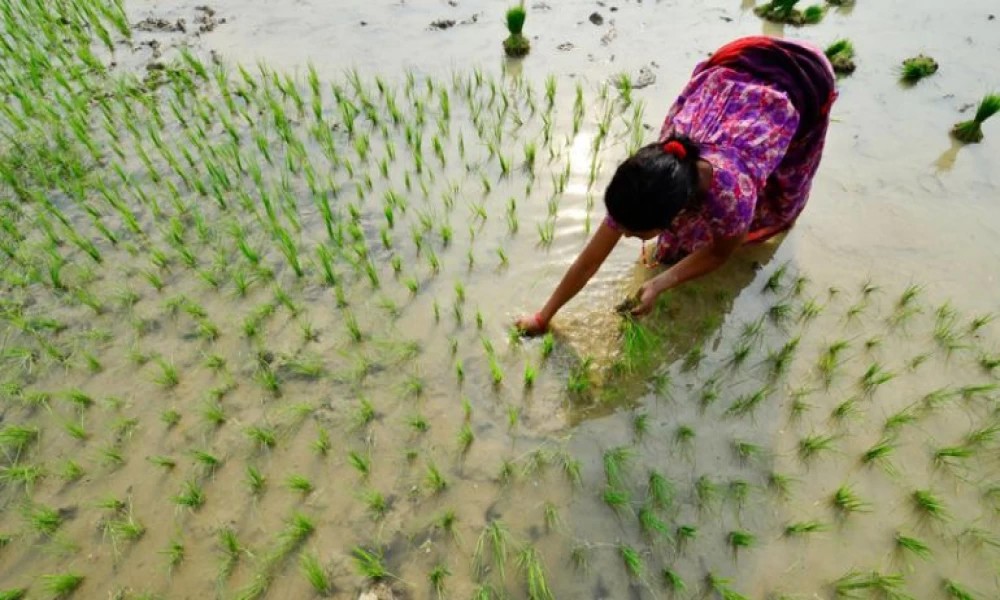Climate change is threatening the fragile ecosystem of the Himalayas, and indigenous people whose lives are intricately linked with the nature are bearing the brunt of it.
Tunga Bhadra Rai, who heads the climate change program at the Nepal Federation of Indigenous Nationalities (NEFIN), explains: "Indigenous people are so dependent on the nature that they are always at the receiving end of every climatic disaster. And it is clear if we look at the changing lifestyle of Nepali indigenous people, whether they are living in the mountains or the plains."
THE DARK MOUNTAINS
The best way to understand climate change is to notice changes in the patterns of rain, snowfall and hailstorm. Some parts of Nepal are receiving more rains than in the past, while others are fast drying up. Dr Raghubir Bishta, a climate change researcher, says incidents Nepal is dealing with increasingly more storms, droughts, heat waves and even cloud bursts.
Glaciers are fast retreating at the Himalayas, which is rapidly increasing the water volume in glacier lakes. They can burst any time, washing away indigenous people living along the snow-fed rivers. Some Himalayas have lost so much snow cover that they now look black.
Kamal Sampang, another climate change researcher, says: "Glaciers are fast retreating at the Himalayas, which is rapidly increasing the water volume in glacier lakes. They can burst any time, washing away indigenous people living along the snow-fed rivers. Some Himalayas have lost so much snow cover that they now look black."
Majhi (fishermen) and Bote (boatmen), two of Nepal's highly marginalized indigenous communities, are dependent on rivers not just for livelihood but also for cultural rites and rituals. They livelihood and culture are now severely threatened by climate change.
MIGRATION
Sonam Yangi Sherpa hails from Solukhumbu, a remote district in Nepal's eastern mountains. He grew up amidst mountains covered with thick white snow. But now mountains are losing their snow cover, and the mountain region looks like a desert, he says. Loss of snow means loss of beauty of mountains, and loss of beauty of mountains means loss of tourism business. He says: "Tourism business is down, so mountain people are migrating to cities, leaving their ancestral villages and shrines."
EXTINCTION OF CRABS
Most indigenous people are farmers, but climate change is damaging agriculture by causing frequent droughts and floods. In the high mountains, seeds of some species of potato and buckwheat are no longer available.
Climate change has impacted lives of indigenous farmers in the southern plains of the country as well. Ghongi, a type of snail, is the most popular food item of the indigenous Tharu community. However, Tharu people are finding it increasingly more difficult to find Ghongi in water streams and wetlands. Crab is another popular food item, but Surya Bahadur Tharu of Sarlahi says crab has become almost extinct in the Tarai.
Ghongi, a type of snail, is the most popular food item of the indigenous Tharu community. However, Tharu people are finding it increasingly more difficult to find Ghongi in water streams and wetlands.
Tharu says: "I am not a scientist to tell you why crabs have virtually vanished from the Tarai, but I believe this is due to cold wave or heat wave, or may be because of both factors."
WATER SOURCES DRYING UP
Water is becoming increasingly scarcer in Nepal's mountains and hilly villages. Kummayak village of Panchthar in the eastern hills was declared by the government as a drought-hit village last year.
But Kummayak is not the only village reeling under the water crisis. Kamal Lawati of Ranigaun village in Panchthar says the problem is widespread, and its forcing people to flee their ancestral villages. In Ranigaun village, almost all traditional water sources have dried up and women are now forced to walk farther to fetch water.
Lakdpa Dhekp Sherpa, General Secretary of the NEFIN, urges the government to take into account the sufferings of indigenous people while formulating climate change policies and programs. He says: "The government should give priority to indigenous people because they are the ones worst hit by climate change."
Indigenous Feature Service



